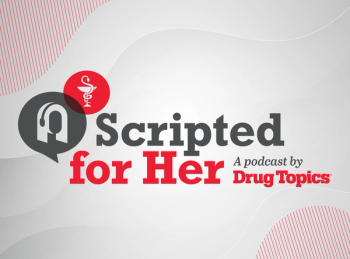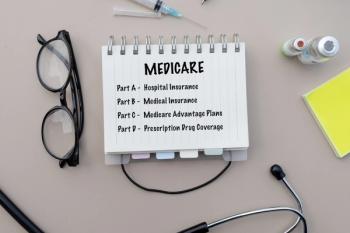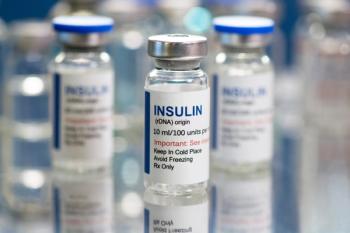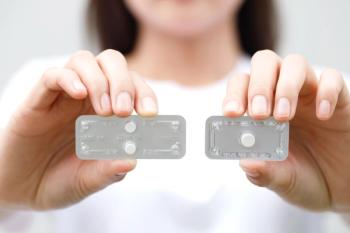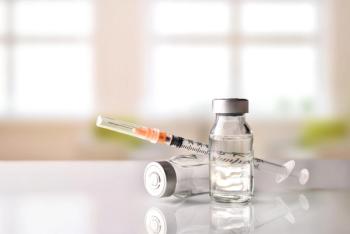
Gaps Remain in MOUD Access Across Opioid Treatment Programs
Pharmacists play a role in educating patients as well as making them feel more comfortable when utilizing opioid use treatment.
From 2017 to 2023, the percentage of all opioid treatment programs offering 3 forms of medication for opioid use disorder (OUD) increased from 33% to 45%, but there is still a need to expand the offerings of OUD therapy across treatment programs. Investigators of the study in JAMA Network said that further research should focus on why treatment programs should vary their offerings of therapy.1
“Given that OTPs [opioid treatment programs] are the only facilities in which methadone can be legally dispensed and that OTPs accounted for 12.4% of all substance use disorder treatment facilities in 2023, the number of OTPs that offered all 3 MOUD in the same year was small (4.5%),” the study authors said.1 “It is notable that availability of both buprenorphine and naltrexone within these facilities increased over time and their availability was associated with particular organizational factors and county-level characteristics.”
Opioid treatment programs are an important part of access to OUD treatment, according to the investigators. They are typically the only facilities that can offer long-term methadone treatment. Other types of treatment, such as buprenorphine, can be offered at primary care clinics. Buprenorphine programs offered by community pharmacists can help to increase access to treatment for OUD, according to authors of a study in the Journal of the American Pharmacists Association. They found that community pharmacists are key members of collaborative care models and can effectively lead buprenorphine initiation and ongoing patient care, expand access to treatment, and provide additional counseling for nonpharmacological treatment.1,2
Pharmacists also play a role in educating patients as well as making them feel more comfortable when utilizing buprenorphine. Traditional buprenorphine intuition tends to cause moderate periods of withdrawals, but a slower initiation can help to overcome that. However, data on low-dose initiation compared with traditional initiation is still limited.3
The investigators of the current study aimed to compare changes in medication for OUD offerings over time as well as the organizational and county characteristics of opioid treatment programs. In the cross-sectional study, investigators used data from the 2018 to 2024 Mental Health and Addiction Treatment Tracking Repository. Clinics were categorized into 3 groups: opioid treatment programs offering buprenorphine, those that offered extended-release naltrexone, and those that offered all 3—methadone, buprenorphine, and naltrexone. Investigators used the assumption that all programs offered methadone, as that is a requirement of opioid treatment programs.1
Data from 10,289 facility-year observations were used, with 1211 in 2017 and 1421 in 2023. Approximately 78.7% offered buprenorphine, 45.7% offered naltrexone, and 38.7% offered all 3, according to the investigators. For all opioid treatment programs, the mean proportion of Black patients in the surrounding county was 14.92%, 17.34% for Hispanic patients, and 67.56% for White patients. They found that from 2017 to 2023, the percentage of programs offering buprenorphine increased from 67% to 85.1% and naltrexone from 38.2% to 52.7%, according to the results.1
For the facility characteristics, the proportion for private for-profit programs was highest for offering buprenorphine, private nonprofits had the highest offering of naltrexone, and all 3 medications were offered most by government-owned programs. Approximately 86.7% of those offering all 3 medications accepted Medicaid and 65.8% accepted Medicare compared with other program offerings. Further, a higher proportion of facilities that offered all 3 offered peer services, naloxone and overdose education services, and telemedicine services compared with other programs. However, a higher proportion of facilities offering naltrexone provided mental health services and hepatitis education and counseling compared with programs offering all 3 or buprenorphine.1
“Accepting Medicare as a form of payment was associated with greater availability of all 3 MOUD [medication for OUD], while accepting Medicaid was only associated with higher availability of buprenorphine,” the study authors concluded.1 “Further research should evaluate what organizational, geographic, and patient characteristics cause OTPs to accept certain payment forms over others and to offer additional MOUD.”
READ MORE:
Ready to impress your pharmacy colleagues with the latest drug information, industry trends, and patient care tips? Sign up today for our
REFERENCES
1. Lindenfeld Z, Cantor JH, Mauri AI, Bandara S, Suryavanshi A, Krawczyk N. Availability of Medications for Opioid Use Disorder in Opioid Treatment Programs. JAMA Netw Open. 2025;8(6):e2517616. doi:10.1001/jamanetworkopen.2025.17616
2. Meara K. Pharmacy Buprenorphine Programs Can Increase OUD Treatment Access, But Barriers Limit Engagement. Drug Topics. March 18, 2025. Accessed June 30, 2025. https://www.drugtopics.com/view/pharmacy-buprenorphine-programs-can-increase-oud-treatment-access-but-barriers-limit-engagement
3. Nowosielski B. Importance of Communication in Buprenorphine Initiation | APhA 2025. Drug Topics. March 25, 2025. Accessed June 30, 2025. https://www.drugtopics.com/view/importance-of-communication-in-buprenorphine-initiation-apha-2025
Newsletter
Pharmacy practice is always changing. Stay ahead of the curve with the Drug Topics newsletter and get the latest drug information, industry trends, and patient care tips.

